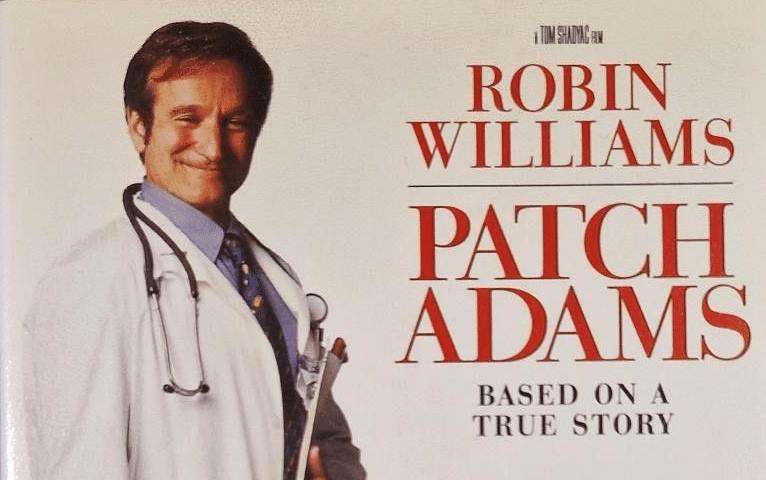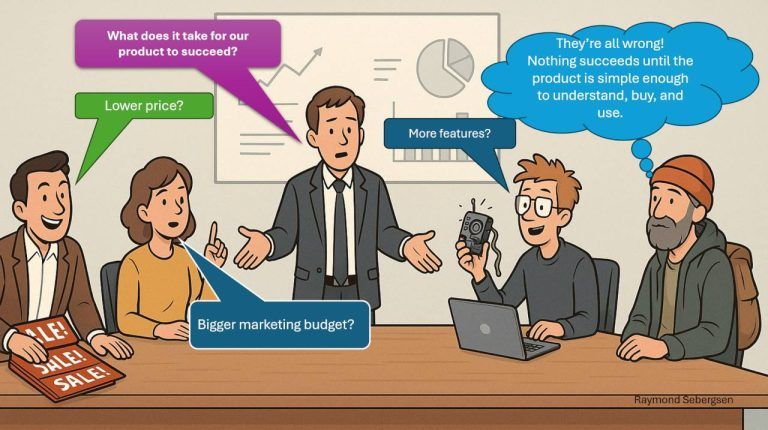Including social media sharing buttons on a website can be a simple and effective way to increase the visibility and engagement of your content. These buttons allow visitors to share articles, products, or other content with their followers on platforms like Facebook, LinkedIn, X (formerly Twitter), and Instagram – with just one click. When content is shared, it can reach far beyond your own audience.
I’ve always believed it’s important to make it easy for users to share content on social media, as this can lead to increased traffic, better search engine rankings – and higher conversion rates where that matters.
Social Media as a Marketing Technique
Sharing buttons are a handy tool, but they’re just the tip of the iceberg when it comes to social media marketing. What truly makes a difference is how you use the platforms to strategically spread your message – not just hope someone clicks “share”.
Using social media as a marketing technique means actively planning how your content will continue to live on: Who you share it with, how you frame it, which platforms you use – and how you engage the people who actually see it. A good article can be reshared multiple times, with different introductions and packaging. Sometimes as a quote image, other times as a personal reflection, a question, or a teaser. And content that triggers emotion – whether it’s curiosity, humor, or recognition – has a much higher chance of being shared further.
For me, it’s been eye-opening to realize how important the presentation is. You can have the world’s best content, but if it’s not presented in a way that resonates, it will be ignored. That’s why social media marketing isn’t just about visibility – it’s about relevance, timing, and connection. You don’t need thousands of followers – you need content that someone actually cares enough about to share.
The best thing you can do is create something that feels real, useful, or entertaining – and then find ways to repurpose it across platforms. When people start sharing it, it’s no longer you speaking – it’s others saying, “You need to read this.” And that might just be the most valuable marketing you can get.

My Experience with Sharing Buttons
When I tried to implement sharing buttons on my website, I quickly realized it wasn’t as simple as it seemed. Many of the most popular solutions either require payment or registration, which can be a challenge for those of us running personal websites with no revenue. And even when something looks free at first glance, there’s often a catch – hidden costs, limited functionality, or a requirement to share data with third-party providers.
Additionally, third-party plugins can slow down your website, which negatively impacts the user experience. So it becomes a balancing act: Are the benefits of sharing buttons worth the downsides? For some people, maybe. But for many – myself included – it’s not always an obvious yes.
There are, of course, free alternatives with limited features, and with a bit of effort, you can even create your own buttons using simple HTML and CSS. That gives you more control – but also requires time and some technical knowledge.
After weighing the pros and cons, I’ve come to the conclusion that the content itself should be the top priority. If your content is good enough, people will usually find a way to share it – often by simply copying the link. That’s made me think that maybe time is better spent creating engaging, valuable content that naturally motivates people to share, rather than stressing over technical solutions that might not have much impact.
Pros of Sharing Buttons
Increased Visibility
Sharing buttons make it easy for visitors to spread your content across their own networks, potentially reaching a much broader audience.
More Traffic
When your content is shared on social media, it can drive more traffic to your site. Each share acts like a recommendation and can attract new visitors who might not otherwise have found you.
Improved SEO
Sharing content on social media can help improve your search engine ranking. Social signals, such as shares and engagement, can indicate to search engines that your content is relevant and valuable.
Higher Engagement
Sharing buttons can encourage more interaction by giving visitors a simple way to spread content they find helpful or interesting. This can also help build a community around your brand.
Cons of Sharing Buttons
Performance Issues
Sharing buttons can slow down your site if they load from external servers. However, it’s fairly straightforward to create your own with HTML and CSS.
Design Disruptions
Buttons can take up space and interfere with your website design, making the page feel cluttered or less appealing – especially if not well integrated.
User Preferences
Many users prefer to simply copy and paste a link rather than using share buttons. So they’re not always the most effective way to encourage sharing.
Integration Challenges
Some buttons require extra registration or payment for premium features, and there can be compatibility or technical issues that affect how they work.

Want to Share This Article?
Copy the link directly – or use one of the sharing buttons I built myself, completely free of tracking and hidden catches:





